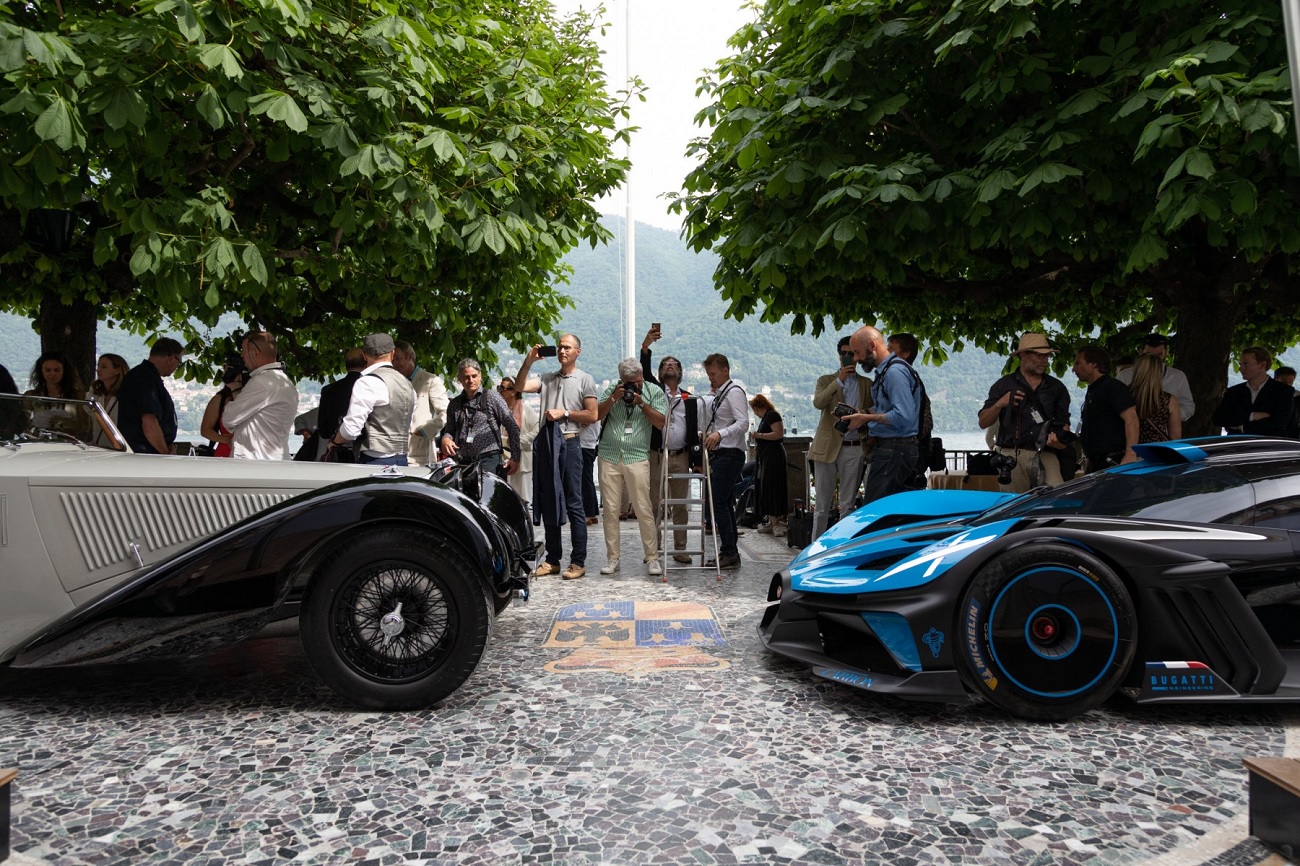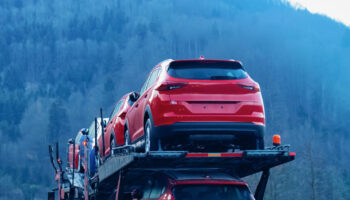There’s something about classic cars that captures our imagination. Maybe it’s the allure of a bygone era, or the nostalgia of simpler times. Whatever the reason, there’s no denying the timeless elegance of European classics. From sleek sports cars to stately sedans, these vehicles exude a sense of style and sophistication that never goes out of fashion. Whether you’re a car enthusiast or simply appreciate beauty in motion, European classics are sure to leave a lasting impression. So buckle up and join us on a journey through automotive history, as we explore some of the most stunning examples of timeless elegance on wheels.
History and evolution of European classic cars
European classic cars have a rich history that dates back to the early 1900s. In the early years, classic cars were primarily used for racing, as they were built for speed and performance. However, as the popularity of cars grew, so did the demand for more stylish and luxurious vehicles. This led to the emergence of iconic European brands such as Mercedes-Benz, Porsche, and Ferrari, all of which are renowned for their classic cars.
Over the years, classic cars have evolved in both design and technology. In the 1920s, classic cars were characterized by their long hoods, sweeping fenders, and large wheels. By the 1950s, cars had become more streamlined, with lower roofs, curved windshields, and fins on the back. The 1960s saw the emergence of muscle cars, which were built for speed and power. Today, modern classic cars retain the timeless elegance of their predecessors while incorporating the latest technology and safety features. The luxurious nature of the vintage defender is an example of this.
Top European classic car brands
When it comes to European classic cars, there are several brands that stand out for their iconic designs and engineering excellence. Mercedes-Benz is one such brand, with a rich history of producing some of the most elegant and luxurious cars in the world. Their classic models, such as the 300SL Gullwing and the 190SL, are highly sought after by collectors and enthusiasts alike.
Porsche is another brand that has made a name for itself in the world of classic cars. Founded in 1931, Porsche is known for its sleek and sporty designs, with classic models such as the 356, 911, and 928 remaining popular among collectors. Ferrari is yet another iconic brand that is synonymous with classic cars. Founded in 1947, Ferrari has produced some of the most beautiful and powerful cars ever built, such as the 250 GTO and the Testarossa.
Other notable European classic car brands include Jaguar, Aston Martin, Alfa Romeo, and BMW, all of which are known for their unique designs and engineering prowess.
Iconic European classic car models
European classic cars are known for their timeless elegance and striking designs. Some of the most iconic models include the Jaguar E-Type, which was first introduced in 1961 and is widely considered one of the most beautiful cars ever made. The Volkswagen Beetle is another classic car that has stood the test of time, with its distinctive shape and simple yet elegant design.
Other notable European classic car models include the Porsche 911, which is still in production today and has a history dating back to 1963. The Ferrari 250 GTO is another classic car that is highly coveted by collectors, with only 39 ever built. The Mercedes-Benz 300SL Gullwing is yet another iconic classic car, with its distinctive gullwing doors and elegant design.
European classic car restoration and maintenance
Restoring and maintaining a classic car requires a great deal of skill and expertise. European classic cars, in particular, require special attention to detail to ensure that they retain their original beauty and performance. The restoration process typically involves stripping the car down to its bare metal, repairing any damage, and rebuilding the car to its original specifications.
Maintenance is also crucial to keeping a classic car in top condition. Regular oil changes, tune-ups, and inspections are essential to ensuring that the car runs smoothly and safely. It’s also important to use high-quality parts and materials, as well as to keep the car clean and well-maintained to prevent rust and other damage.
Owning a European classic car – pros and cons
Owning a European classic car can be a rewarding experience, but it also comes with its own set of challenges. On the plus side, classic cars are a great investment, with many models appreciating in value over time. They also offer a unique driving experience, with their timeless elegance and classic designs.
However, owning a classic car also requires a great deal of time, effort, and money. Restoring and maintaining a classic car can be expensive, and finding parts and materials can be a challenge. Classic cars also require special care and attention, as they may not have the same safety features as modern cars.
European classic car events and shows
European classic cars are a staple at car shows and events around the world. From the prestigious Pebble Beach Concours d’Elegance to the Goodwood Festival of Speed, there are plenty of opportunities to see some of the world’s most beautiful and iconic classic cars up close.
In addition to traditional car shows, there are also events that cater specifically to classic car enthusiasts. The Mille Miglia, for example, is a 1000-mile road race through Italy that features classic cars from around the world. The Tour Auto, held in France, is another popular event that attracts classic car owners and enthusiasts from all over Europe.
European classic car tours and road trips
For classic car enthusiasts, there’s nothing quite like hitting the open road in a beautiful vintage car. Europe offers plenty of opportunities for classic car tours and road trips, with scenic routes that take in some of the continent’s most breathtaking landscapes.
One popular route is the Romantic Road in Germany, which winds through picturesque towns and villages, with plenty of opportunities to stop and take in the sights. The Amalfi Coast in Italy is another popular destination, with its winding roads and stunning views of the Mediterranean. The French Riviera is yet another classic car hotspot, with its glamorous cities and beautiful coastline.
European classic car market – buying and selling
Buying and selling a classic car can be a complex process, with many factors to consider. When buying a classic car, it’s important to do your research and ensure that you’re getting a fair price. It’s also important to inspect the car thoroughly and check for any damage or signs of wear and tear.
When selling a classic car, it’s important to price it fairly and market it to the right audience. Classic car auctions are a popular way to sell a classic car, with many auction houses specializing in vintage and classic cars. Online marketplaces such as eBay and Hemmings are also popular among classic car buyers and sellers.
Conclusion
European classic cars are a testament to the timeless elegance and beauty of automotive design. From the sleek lines of a Porsche 911 to the stately elegance of a Mercedes-Benz 300SL Gullwing, these cars have captured our imagination and inspired generations of car enthusiasts. Whether you’re a collector, a fan, or simply appreciate the artistry of classic cars, European classics are sure to leave a lasting impression. So why not take a trip back in time and experience the joy of driving a classic car for yourself? You won’t be disappointed.






